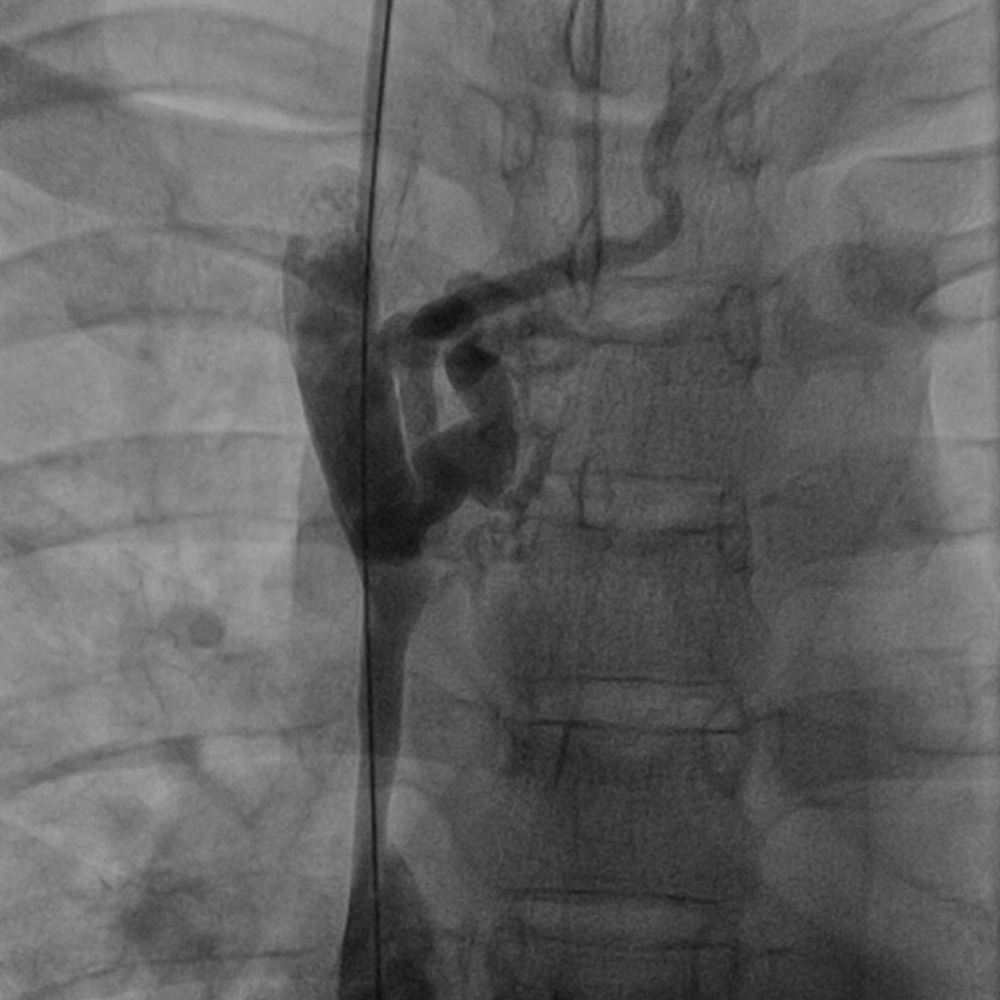SVC Syndrome

What is SVC Syndrome?
Symptoms of venous congestion of the head and neck secondary to occlusion of the superior vena cava is known as SVC Syndrome.
(SVC or Superior Vena Cava functions as the primary venous drainage system from the head, neck, upper extremities, and upper thorax into heart).
What Causes SVC Syndrome?
Primary malignant thoracic tumors, Aortic aneurysms, Lung cancer with mediastinal lymphadenopathy and primary mediastinal malignant tumors have become the most frequent causes of malignant SVC syndrome in the past 3 decades. Mediastinal fibrosis and granulomatous fungal disease are most frequent benign causes. Indwelling central venous catheters and cardiac pacemakers, Previous radiotherapy to the mediastinum, retrosternal goiter, and aortic dissection can also cause SVC syndrome. Thrombophilia, such as the factor V Leiden mutation, antithrombin III, protein S, and protein C deficiencies are other causes.


What are Signs and Symptoms of SVC Syndrome?
Feeling of fullness in the head and neck that is exacerbated when bending over or lying flat in bed, dyspnea on exertion or orthopnea, headache, dizziness, syncope, or visual symptoms. Patients may complain of mental confusion or coughing. Dilated neck veins and swelling of the face, neck, and eyelids are the characteristic physical signs most commonly seen. Nocturnal oxygen requirement, Head and neck swelling, Facial cyanosis, and Arm swelling results following occlusive venous disease in SVC.

